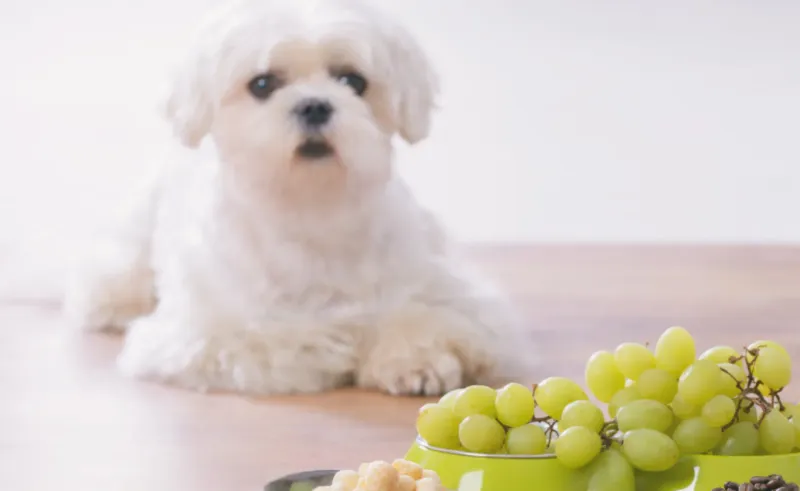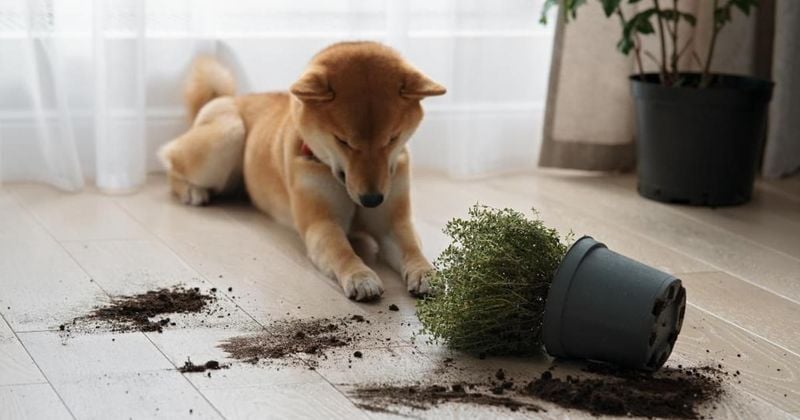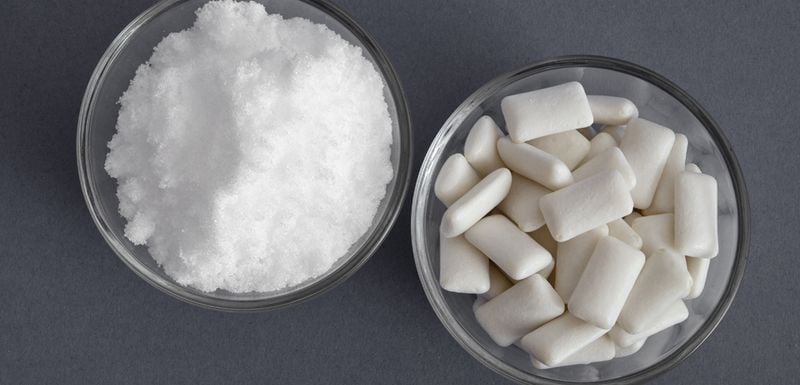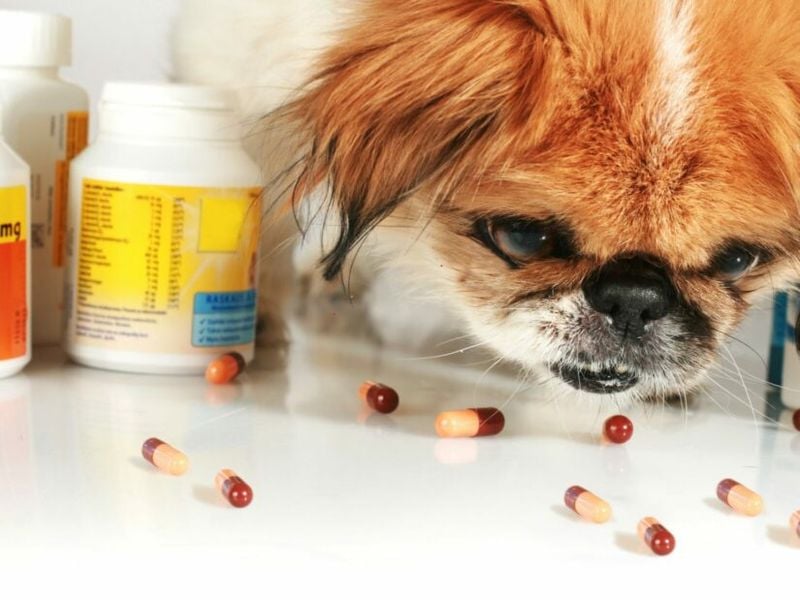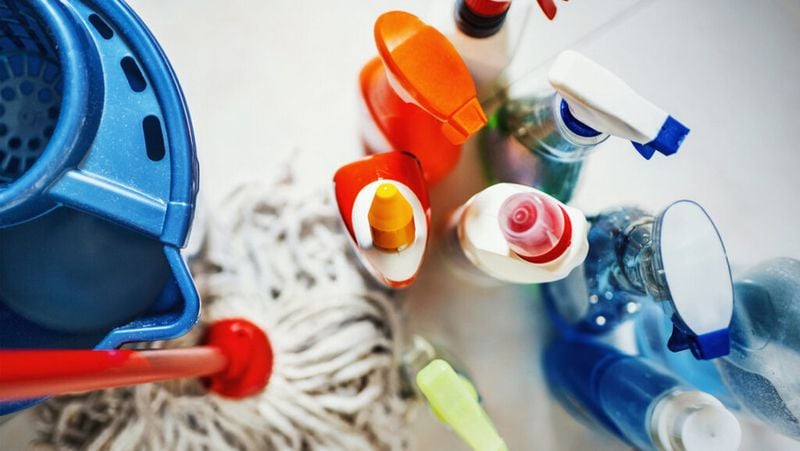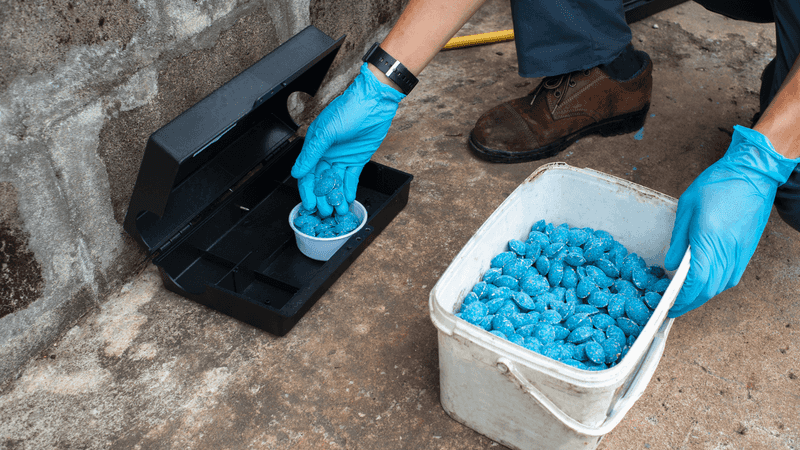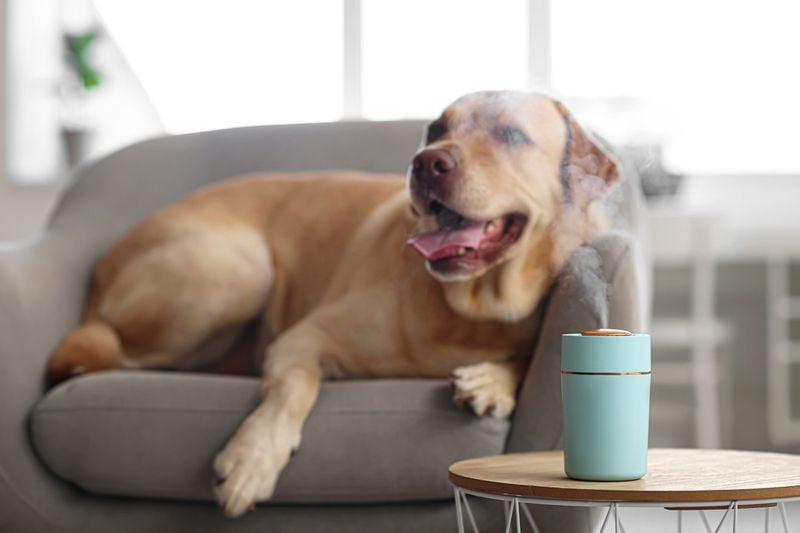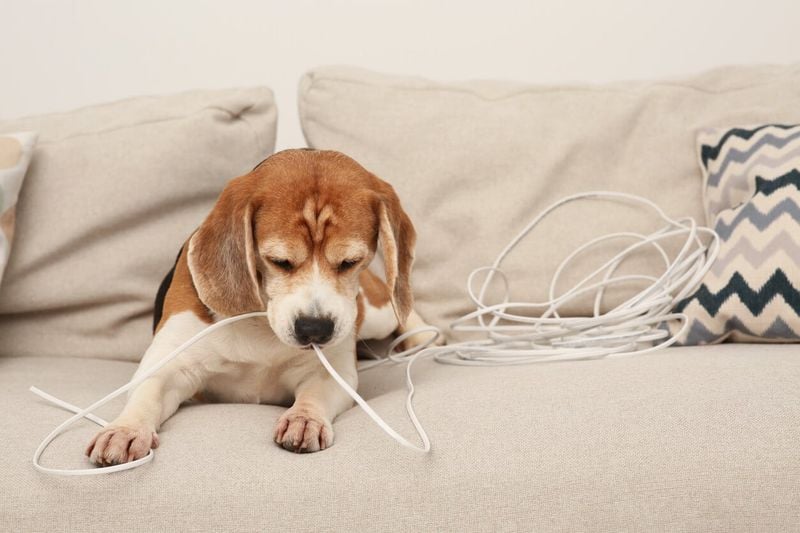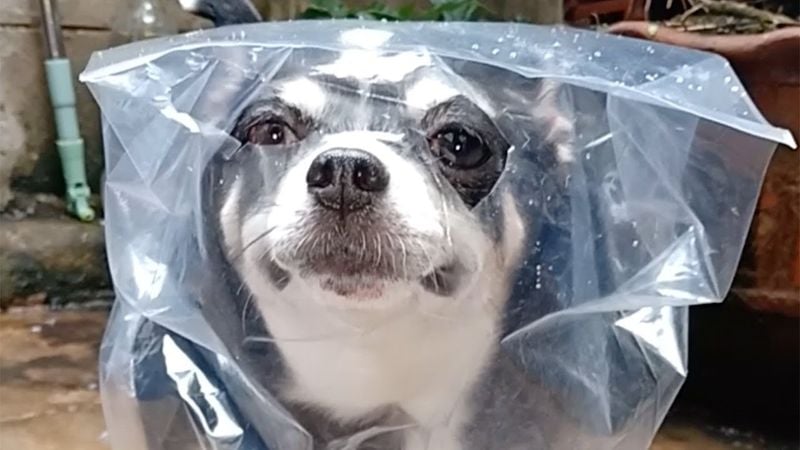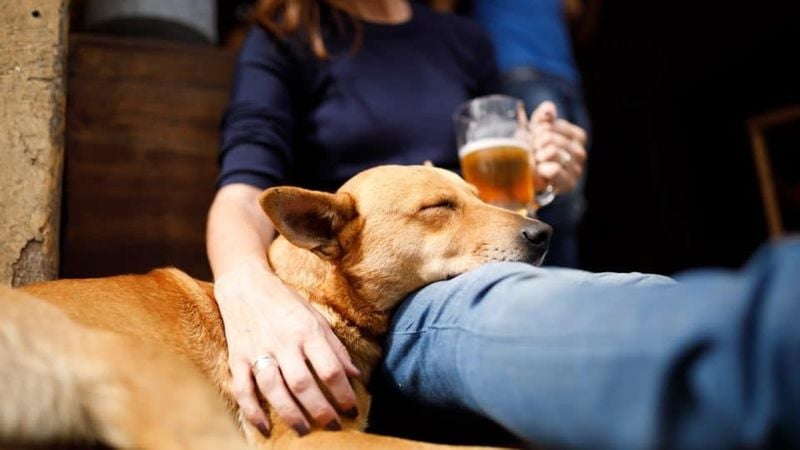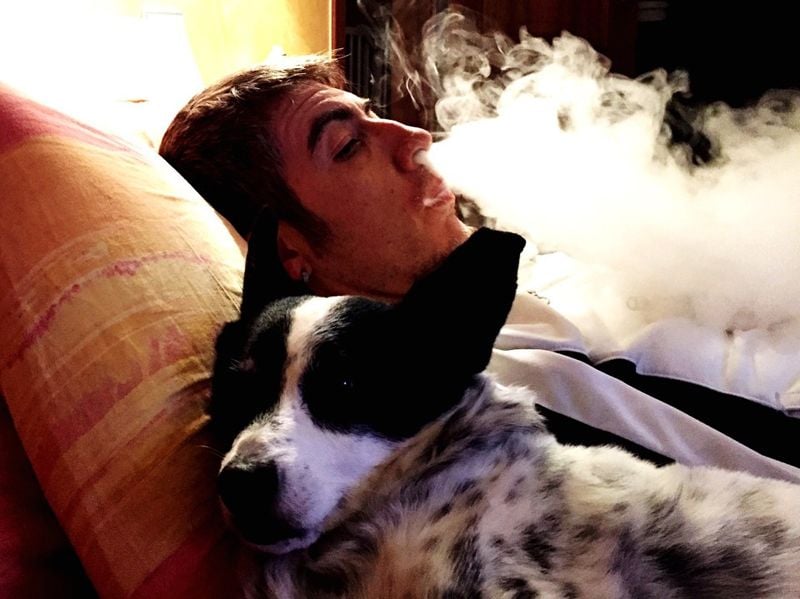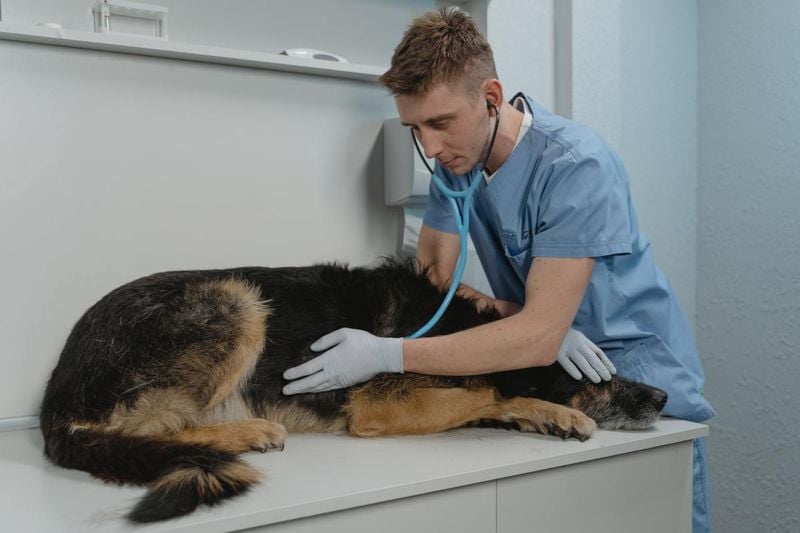15 Hidden Dangers in Your Home That Could Harm Your Pet
Our homes should be safe havens for every family member—including our furry, feathered, or scaled companions. Yet, many everyday items we barely give a second thought to can pose serious threats to our pets’ health and well-being. From the kitchen to the bathroom, and even the living room, seemingly harmless products like cleaning supplies, decorative plants, or tasty snacks can quickly turn into medical emergencies when curious paws and noses get too close.
Whether you’re a first-time pet parent or a seasoned animal lover, it’s easy to overlook these hidden hazards. Pets explore the world differently than we do—they chew, sniff, lick, and climb their way through their environments, making them vulnerable to toxins, choking hazards, and other unexpected dangers. A piece of gum left on a counter or a dropped pill on the floor may not mean much to you, but to your dog or cat, it could be life-threatening.
Creating a pet-safe home doesn’t mean turning your life upside down—it simply requires a bit more awareness and a few proactive changes. By identifying and removing common risks, you can give your beloved animal companions the freedom to roam, rest, and play safely.
Here are 15 common household hazards every pet owner should know about—so you can protect your pets from harm before it’s too late.
1. Sweet Poison: Chocolate and Caffeinated Products
That innocent chocolate bar on your coffee table contains theobromine, a compound toxic to dogs and cats. Even small amounts can cause vomiting, diarrhea, and in severe cases, seizures or death. Dark chocolate and baking chocolate pose the greatest risks due to their higher theobromine concentration.
Coffee, tea, energy drinks, and even some medications contain caffeine that can speed up your pet’s heart rate to dangerous levels. The effects can begin within hours of consumption.
Store all chocolate and caffeinated products in closed cabinets, and never leave them unattended. If you suspect your pet has consumed either substance, contact your veterinarian immediately – prompt action could save their life.
2. Tiny Terrors: Grapes and Raisins
Many pet owners remain unaware that these seemingly innocent fruits can cause rapid kidney failure in dogs. Just a handful of grapes or raisins might be enough to create life-threatening complications. Scientists haven’t identified the exact toxic substance, but the danger is real and documented.
Symptoms of poisoning include vomiting, lethargy, decreased appetite, and eventually, kidney failure. Some dogs show more sensitivity than others, with no way to predict which pets might have severe reactions.
Keep fruit bowls out of reach, check ingredient lists for raisins in baked goods, and be vigilant during children’s snack times when grapes might roll under furniture. Remember that foods containing grapes (like certain breads and cereals) are equally dangerous.
3. Green Menace: Toxic Houseplants
Your indoor garden might beautify your home while secretly endangering your pets. Lilies are particularly lethal to cats – even pollen or water from the vase can cause kidney failure. Sago palms contain cycasin, which attacks the liver and can be fatal with just one or two seeds.
Aloe vera, despite its healing properties for humans, contains saponins that trigger vomiting, depression, and diarrhea in curious animals. Philodendrons, pothos, and peace lilies all contain calcium oxalate crystals that cause immediate burning and swelling if chewed.
Research any plant before bringing it home, or consult the ASPCA’s toxic plant database. Consider creating a dedicated pet-safe garden area with approved options like spider plants, Boston ferns, or areca palms.
4. Hidden Sweetener: Xylitol Dangers
Found in sugar-free gum, candies, baked goods, and even some peanut butters, xylitol causes a rapid insulin release in dogs. This sudden surge drops blood sugar to dangerous levels within minutes, potentially leading to seizures, liver failure, or death.
Many pet owners don’t realize this common sweetener lurks in unexpected products like toothpaste, mouthwash, and certain medications. As little as two pieces of gum can cause hypoglycemia in a 20-pound dog.
Always read product labels, especially before using human peanut butter as a treat. Store xylitol-containing items in locked cabinets, and educate family members about this invisible threat. Keep purses and backpacks containing sugar-free products safely out of your pet’s reach.
5. Medicine Cabinet Hazards: Human Medications
A single tablet of ibuprofen can cause stomach ulcers and kidney failure in dogs. Acetaminophen destroys a cat’s red blood cells, leading to oxygen deprivation. These common pain relievers sit in most medicine cabinets, often within paw’s reach.
Antidepressants may cause vomiting, elevated heart rate, and seizures in pets. Birth control pills can trigger hormone imbalances and bone marrow suppression. Even seemingly harmless vitamins containing iron can damage the digestive tract and liver.
Store all medications in closed containers inside cabinets with childproof latches. Never medicate your pet without veterinary guidance, even with human medications that seem similar to their prescribed treatments. Pick up dropped pills immediately – many are formulated to taste good to humans.
6. Under-Sink Threats: Cleaning Products
Bleach, ammonia, and drain cleaners can cause chemical burns to paws, tongues, and digestive tracts if licked or walked through. Residues left on floors can transfer to fur and be ingested during grooming sessions, causing gradual poisoning that’s difficult to trace.
Fabric softener sheets contain cationic detergents that damage the respiratory system and cause central nervous system depression. Concentrated essential oils in many “natural” cleaners can be just as dangerous as traditional chemicals, especially to cats with sensitive metabolic systems.
Consider switching to pet-safe cleaning alternatives like vinegar, baking soda, or certified pet-friendly products. Always rinse cleaned surfaces thoroughly and allow them to dry completely before allowing pet access. Store all cleaning supplies in latched cabinets or high shelves.
7. Silent Killers: Rodenticides and Insecticides
Products designed to kill pests can also harm your beloved companions. Rodenticides cause internal bleeding, seizures, and kidney failure when ingested directly or through a poisoned rodent. The symptoms may not appear for days, making diagnosis difficult.
Many insecticides contain organophosphates that attack the nervous system. Even seemingly harmless ant traps can entice curious pets who might chew through plastic casings. Flea and tick products meant for dogs can prove fatal to cats due to their different metabolic processes.
Choose pet-safe pest control methods whenever possible. If you must use conventional products, place them in areas completely inaccessible to pets. Consider professional pest control services that guarantee pet-safe application methods and follow-up monitoring.
8. Aromatic Dangers: Essential Oils
Your aromatherapy diffuser could be silently harming your pet, especially cats. Their livers lack certain enzymes needed to metabolize essential oil compounds, leading to toxic buildup. Tea tree oil causes drooling, vomiting, weakness, and even liver failure in small doses.
Eucalyptus, cinnamon, citrus, peppermint, and pine oils can irritate respiratory systems and cause central nervous system depression. Direct contact with concentrated oils may burn skin and mucous membranes or cause severe gastrointestinal upset if licked off fur.
Always research specific oils before use in homes with pets. Consider limiting diffuser use to rooms your pets don’t access, ensuring proper ventilation. Never apply essential oils directly to your pet without veterinary guidance, regardless of internet claims about their safety.
9. Shocking Risks: Electrical Cords
Those innocent-looking power cords represent a dual threat – electrical shock and intestinal obstruction. Puppies and kittens, with their natural chewing behaviors, face particular danger when teething. One bite through insulation can deliver a potentially fatal shock or cause severe mouth burns.
Beyond immediate electrical dangers, chewed cord fragments can create intestinal blockages requiring emergency surgery. The plastic coating contains harmful chemicals that damage the digestive tract when ingested.
Protect your pets by using cord covers or flexible plastic tubing available at hardware stores. Bitter apple spray deters chewing behaviors for most animals. Unplug and store unused cords, and consider cordless options when possible. Create physical barriers around entertainment centers and computer stations where multiple cords gather.
10. Suffocation Hazards: Plastic Bags and Packaging
The crinkly sound of plastic bags irresistibly attracts many pets, but these common items pose serious suffocation risks. Curious cats frequently stick their heads into plastic bags, becoming entangled and panicking. Their struggles often tighten the bag around their necks, cutting off oxygen within minutes.
Food packaging contains enticing scents that encourage pets to lick or chew, potentially ingesting plastic fragments. These indigestible pieces can cause intestinal blockages requiring surgical intervention. Plastic rings from six-pack beverages can trap jaws, paws, or necks if not properly cut.
Store shopping bags in closed containers immediately after use. Cut all plastic rings before disposal. Consider switching to reusable cloth bags for groceries and storage. Recycle packaging promptly rather than letting it accumulate in accessible trash bins.
11. Liquid Trouble: Alcohol
A forgotten cocktail on the coffee table or spilled beer can lead to alcohol poisoning in pets. Their smaller bodies metabolize alcohol much more slowly than humans, making even small amounts potentially deadly. Just a few ounces of wine can cause dangerous blood sugar drops in dogs.
Symptoms progress rapidly from excitement to depression, lack of coordination, and respiratory failure. Some pets show attraction to sweet mixed drinks or beer, not recognizing the danger. Alcohol in baked goods (like rum cake) presents a double threat when combined with other toxic ingredients.
Never leave alcoholic beverages unattended during gatherings. Clean spills immediately, especially sweet cocktails that might attract licking. Remember that fermenting fruit in compost bins can create alcohol – keep these securely covered if your pet has outdoor access.
12. Nicotine Nightmares: Tobacco and Vaping Products
A single cigarette contains enough nicotine to kill a small dog if ingested. Nicotine rapidly affects the nervous system, causing excitement, vomiting, elevated heart rate, and potentially seizures or death within hours. Used cigarette butts retain significant nicotine even after smoking.
E-cigarette liquids present an even greater danger, with concentrated nicotine in appealing flavors like vanilla or mint. Just a few drops can cause severe poisoning. Discarded pods and cartridges may contain residual liquid that curious pets might lick or chew.
Store all tobacco and vaping products in secure containers out of reach. Empty ashtrays promptly after use. Be especially vigilant during social gatherings when guests might leave these items accessible. If using nicotine replacement products like patches or gum, dispose of used items in secured trash containers.
13. Swallowing Risks: Coins and Small Objects
Pennies minted after 1982 contain zinc, which dissolves in stomach acid and enters the bloodstream, causing potentially fatal red blood cell damage. Other coins pose choking and intestinal blockage risks, particularly to smaller pets and playful puppies who investigate with their mouths.
Button batteries create electrical currents when wet, burning through delicate tissues within hours. Hair ties, jewelry, children’s toys, and craft supplies like buttons or beads all present similar dangers when swallowed. String-like items are particularly hazardous as they can cause intestinal “bunching” if ingested.
Establish a family habit of keeping floors clear of small objects. Use closed containers for storage of craft supplies, office items, and children’s toys with small parts. Consider magnetic sweeps of floors in homes with particularly curious pets.
14. Drowning Dangers: Open Toilets and Trash Bins
An open toilet bowl represents a drowning hazard for puppies, kittens, and small adult pets who might fall in while investigating the water. Their smooth sides make escape nearly impossible once they’ve fallen in. Toilet water often contains cleaning chemicals that cause additional harm if ingested.
Trash bins hold a different danger – discarded foods, packaging with residues, and household waste that might be toxic or cause obstructions. Bones splinter when chewed, creating sharp fragments that can perforate the digestive tract. Coffee grounds and moldy foods contain compounds toxic to many pets.
Keep toilet lids closed consistently, especially in homes with curious kittens or puppies. Use trash cans with secure lids or store them inside latched cabinets. Consider childproof latches for bathroom and kitchen doors if your pet shows particular interest in these areas.
15. Seasonal Threats: Holiday Hazards
Tinsel creates an irresistible attraction for cats but can cause life-threatening linear foreign body obstructions when ingested. The metallic strands bunch intestines as the body tries to pass them, often requiring emergency surgery. Glass ornaments shatter into tiny, sharp fragments when knocked down by curious paws.
Poinsettias cause irritation and mild toxicity, but lilies, mistletoe, and holly berries present far greater dangers. Holiday foods like chocolate, fruitcake with raisins, and fatty ham scraps all pose significant health risks to pets.
Create pet-safe zones during holidays, using baby gates if necessary. Consider pet-friendly decorating alternatives like fabric garlands instead of tinsel. Educate guests about food dangers, and provide approved pet treats so everyone can safely include your furry family members in celebrations.


